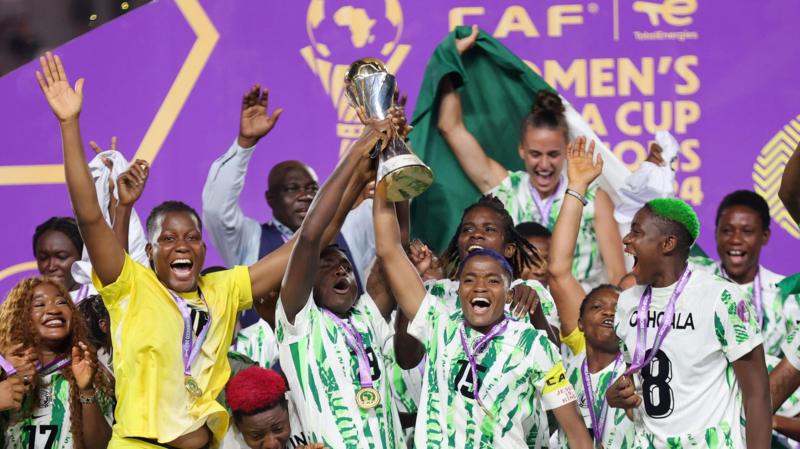WAFCON 2026 Expands to 16 Teams, Promises Greater Excitement




The Women's Africa Cup of Nations is set to undergo a significant transformation that will see the tournament expand from 12 to 16 teams starting with the 2026 finals hosted in Morocco. This expansion reflects the growing prominence and competitive nature of women's football across the continent and is a strategic move to nurture the sport further.
Historically, the Women’s Africa Cup of Nations has been a central showcase for rising stars and established talent in African women's football. Its inception in 1991 marked the beginning of a new era, and since then, it has played a crucial role in elevating the game on the continent. Nigeria has dominated the tournament, winning a record 11 titles, but other nations have also made significant strides, challenging the long-standing supremacy and contributing to a more competitive landscape.
The decision to increase the number of participating teams is seen as a testament to the evolving dynamics in women's football in Africa. More teams in the tournament mean more opportunities for players to gain international exposure and experience, which is vital for their development. It also means more nations can dream of competing on an international stage, potentially leading to a surge in popularity and investment in women’s football across various African nations.
Morocco, the host of the 2026 finals, is an exemplary case of significant progress in women's football. The Moroccan women's national team has shown promising performances in recent years, highlighted by their participation in the 2022 edition of the Women's Africa Cup of Nations. By hosting the expanded tournament, Morocco will not only have the opportunity to showcase its cultural heritage and modern football infrastructure but also to inspire countless young girls across the continent who dream of becoming professional footballers.
The expansion is aligned with broader trends in global women’s sports, where there’s a push for greater representation and equality. Similar expansions have occurred in other major tournaments, such as the FIFA Women’s World Cup, which will see its field grow from 24 to 32 teams in 2023. Such changes are critical for providing more teams the chance to participate in high-stakes games, which can improve the overall quality and competitiveness of the sport.
Moreover, increasing the number of teams in the Women's Africa Cup of Nations could also boost commercial interest and investments in the sport. More participating teams mean more games, potentially leading to increased ticket sales, greater viewership, and enhanced sponsorship and advertising opportunities. This economic stimulation can then be reinvested into the sport at grassroots and elite levels, further promoting and developing women’s football in Africa.
The logistical challenges of accommodating more teams will be significant, requiring careful planning and coordination. However, the success of the Moroccan infrastructure in handling large-scale football events in the past, as exemplified by the men’s Africa Cup of Nations, suggests that the 2026 finals are in capable hands. This will include not only the stadiums and training facilities but also accommodations, transportation, and security, ensuring that the tournament is not just a sporting spectacle but also a safe and enjoyable event for teams and fans alike.
In essence, the expansion of the Women's Africa Cup of Nations is a forward-looking move that promises to enhance the stature and reach of women’s football in Africa. As the momentum behind women’s sports continues to build worldwide, Africa is positioning itself as a pivotal player in advocating for and showcasing female athletes. The 2026 finals in Morocco will undoubtedly be a landmark event, setting the stage for a new chapter in the rich tapestry of African football. With this expansion, the continent is not just participating in global trends but is actively shaping the future of women’s sports.